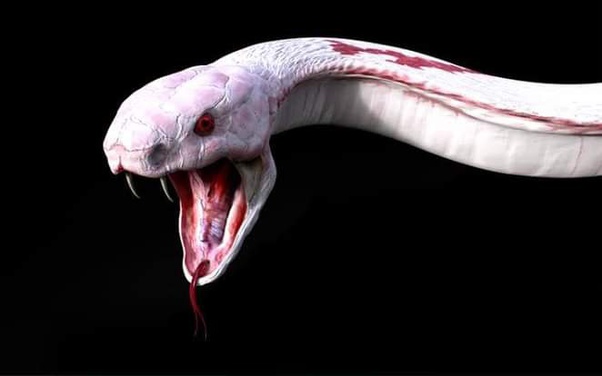Why are there no snakes in Ireland?
Ireland is a small island nation of about 64,000 square kilometres, located next to England. It may sound strange, but there are no snakes in the whole of Ireland. There are certainly a few snakes in the collections or zoos of some folks personally, but there are no snakes anywhere in the forests of the whole of Ireland. According to Irish mythology, the reason for the absence of snakes in Ireland is that a preacher named St. Patrick, by force of a mantra drowned all snakes in the sea and freed Ireland from the snakes.
In reality, there is no reliable evidence of this phenomenon. Moreover, according to scientists, it was not possible for St. Patrick to banish snakes. Because there were never snakes in Ireland.
Nigel Monagan, a researcher on natural history at the National Museum of Ireland, said no snake fossils have ever been found in Ireland. That is, there have been no snakes in this region since prehistoric times.
There are more or less snakes in all the countries of the world. But then why there are no snakes in Ireland? A big reason for this is that Ireland is an island. It has a minimum distance of 60 km over the Irish Sea with nearby landmass. It is not possible for a snake to swim such a long distance. Unlike sea snakes, however, they can stay in the water for long periods of time and can travel long distances. But sea snakes live in warmer climates. Ireland's ice-cold the Atlantic Ocean is not suitable for their habitation.
As such, there were no snakes on any of the islands in the area. But England, near Ireland, has plenty of snakes, and England is also an island-state. The question may arise, as well as why there are snakes in one of the two islands, not in the other?
The answer lies in the history of the creation of Ireland. At one time there were no snakes in Ireland or England. During the Ice Age, these islands were unsuitable for reptiles. This is because cold-blooded reptiles have to absorb heat from the surrounding environment in order to survive.
About 10,000 years ago today, when the last ice age was coming to an end and the ice was starting to melt, there was an overland route between Ireland and England and with England. It was possible to travel from one country to another on land, like these narrow bridges made of ice. But as the Earth warms, the junction of these ice caps melts and at one point disappears into the sea, turning Ireland and England into isolated islands.
England's connection to Ireland disappeared into the sea about 6,500 years ago today. By that time a number of animals, including brown bears, wild boars, and wild cats, had settled in Ireland, but the reptiles had not yet arrived. Europe's connection with England was much longer than that. More than 2,000 years after Ireland became an isolated island, that is, about 6,000 years ago today, the European connection with England sank at sea and turned England into an island.
At that time, at least three species of snakes, along with many other animals, we're able to make their home on English soil. This means that naturally different animals took at least 2,000 years longer to travel from Europe to England than to Ireland.
Mark Ryan, director of the Health Science Center at Louisiana State University, said there were no snakes in Ireland because they couldn’t get there because the weather wasn’t conducive to them, time was not on their side. For the same reason, not only Ireland alone but also a few other island states in the world, such as New Zealand, Iceland, Greenland and Antarctica have no snakes.
Not just snakes, no reptiles could enter Ireland after the Ice Age, except lizards. According to Nigel Monagan, these lizards, which entered 10,000 years ago, are the only reptiles that have been able to enter Ireland naturally.
However, it cannot be said for sure that snakes will never appear in Ireland in the future. From the nineties, onwards many Irish fancy merchants started cultivating snakes brought from abroad. But after the economic downturn of 2008, many of them could not afford to leave the snakes in the forest. These snakes may reproduce and eventually settle permanently in Ireland.
References: National Geography, History, Animal Kingdom.

Post a Comment